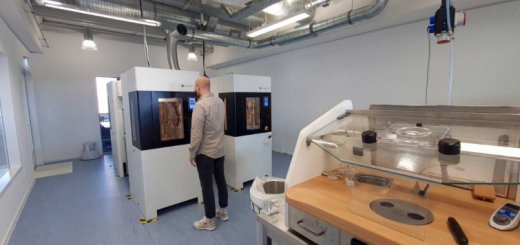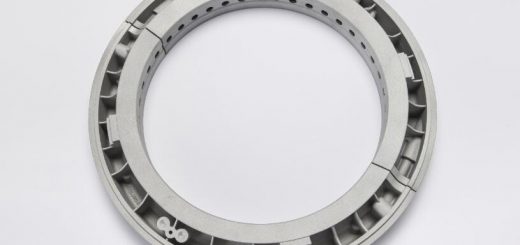Nanoscribe Launches Quantum X for The Fabrication of Highly-Precise Microoptics
The brand-new Nanoscribe Quantum X targets specific needs in modern industrial microfabrication. The launch of this state-of-the-art device at the trade fair LASER World of Photonics extends Nanoscribe’s portfolio of high-resolution additive manufacturing systems with a new maskless lithography system for 2D and 2.5D microfabrication. Within its compact housing, prototypes of refractive and diffractive microoptics, as well as, polymer masters are produced. The system features an industrial form factor with full automated processes, intuitive and ready-to-use interfaces for process control.

Quantum X is the world’s first industrial system based on Two-Photon Grayscale Lithography (2GL), the patent-pending technology developed by Nanoscribe. The key to this technology is laser power modulation and dynamic focus positioning synchronized accurately at high scanning speeds. Using this smart approach, a full control over the voxel size is achieved along each scanning plane. Without compromising speed, precision components materialize with excellent shape accuracy and ultra-smooth surfaces.
This lithography system impresses with its unique smart solutions: equipped with automatic objective and sample holder recognition as well as resin dispensing, the system facilitates the sample preparation and changeover between hardware configurations, speeding up the complete workflow. A software wizard guides designers and engineers through print job creation from the very beginning, simplifying job preparation. Moreover, the software controls and monitors print jobs in real time and supports intuitive operation. For example, users can now check on the job status, adjust process controls and visualize printing in real time, directly on the built-in touchscreen. Three live-view cameras monitor the printing process.
Nanoscribe developers have put great effort to integrate streamlined and field-proven operations into this new system. Quantum X microfabrication drastically shortens design iteration cycles, saving precious time along the complete printing process. The result is a strong cut of development and production costs and the acceleration of production chains. The disruptive Quantum X arrives with an additive manufacturing approach that overcomes height, throughput, resolution and design limitations, opening a new chapter in microoptic fabrication ranging from imaging, illumination to sensing elements for innovative optical devices.
Source: Nanoscribe




Recent Comments